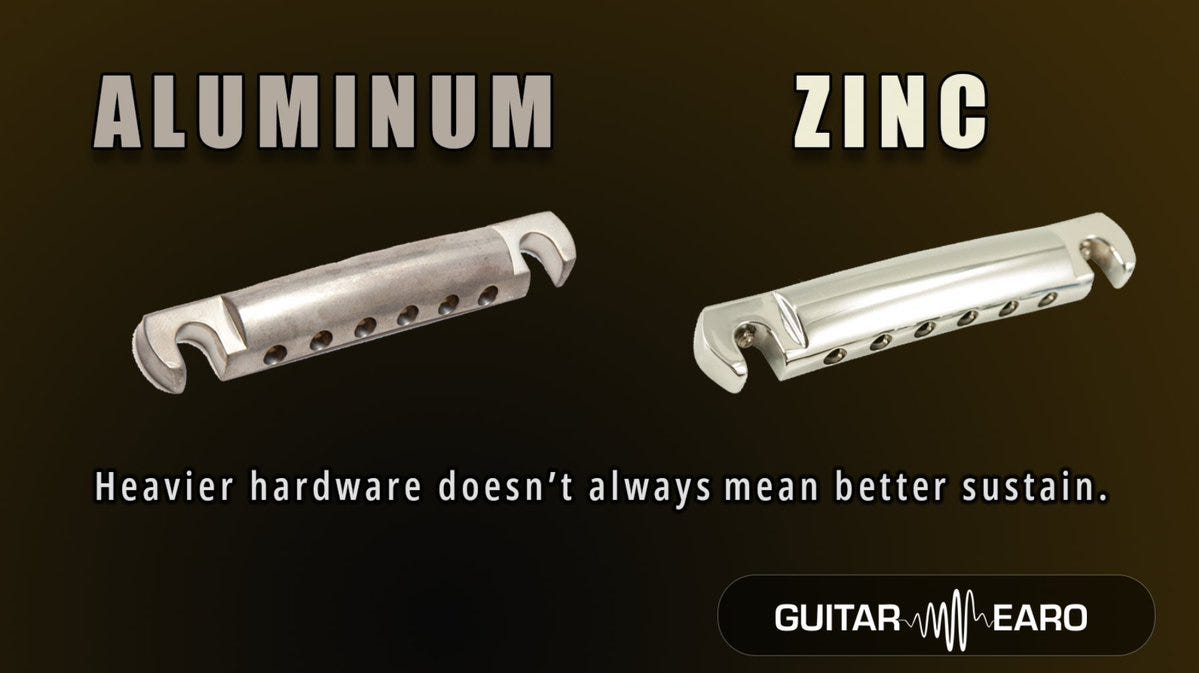When the Future Was Booed Off Stage: Gibson’s 1958 Flying V & Explorer
In 1958, Gibson launched two guitars that looked like they came from outer space.
The Flying V. The Explorer.
Today they’re icons. Back then, they were punchlines.
Why did guitarists reject the future, only to later worship it?
The Space Age Guitars Nobody Wanted
Gibson unveiled two radical designs, carved from rare korina (limba) wood:
Flying V – sharp, symmetrical, futuristic.
Explorer – angular, aggressive, unlike anything before it.
They weren’t just cosmetic stunts. The V’s central mass promised <a href="do-heavier-guitars-actually-sustain.html">sustain</a>, while korina added midrange warmth with airy resonance. Albert King would later prove how alive a V could sound.
But in ’58? Dealers couldn’t move them. Players laughed. The guitars looked “too weird.”
The Assumption That Killed Them
At the time, guitarists equated look with sound.
If it looked wrong, it must sound wrong.
So the Flying V and Explorer were dismissed as gimmicks.
Production stopped after only a few dozen units. Some dealers practically gave them away.
From Punchline to Grail
History, of course, had other plans.
Jimi Hendrix wielded a Flying V like a weapon.
’70s and ’80s metal bands turned the Explorer into a stage icon.
Today, those unsellable korina models fetch six-figure prices at auction.
The freaks became grails.
The Deeper Lesson
Guitarists are conservative—until they’re not.
Radical design usually means ridicule first… then myth-making later.
We hated the future in 1958.
Now we cosplay it.
✦ If this story made you nod, subscribe here
✦ Get weekly deep-dives into <a href="colour-and-tone-a-myth-with-a-kernel.html">guitar tone</a>, history, and the myths we keep alive.
Learn the tone. Save the sound.




